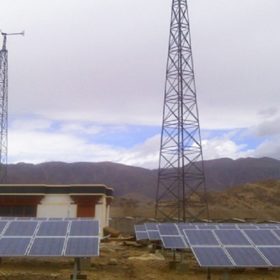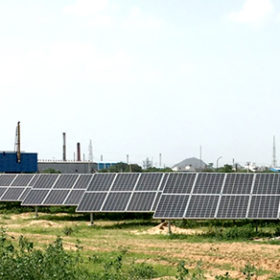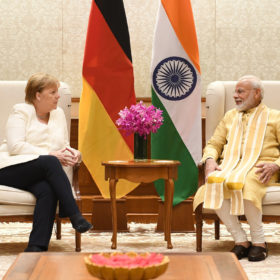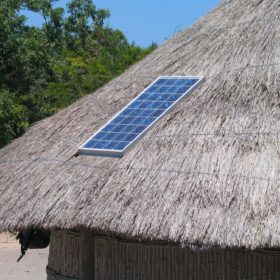CEL seeks pre-bid tie-ups for KUSUM projects in Rajasthan
State-owned module maker Central Electronics Limited will bid for distributed grid connected solar projects in Rajasthan DISCOMs, in tie-up with another party that will carry out the installation work using its panels in case of award of contract.
Tata Power, Rockefeller Foundation partner on microgrids
TP Renewable Microgrid—the joint venture of India’s integrated power company and the US-based impact investor—is said to become the world’s largest microgrid developer and operator with plans to set up 10,000 microgrids by 2026.
Lithium batteries – 12 lakh tons ready for recycling by 2030
The recycling market will experience a tenfold expansion between last year and 2030, driven by EV battery usage and portable electronics. Retrieving valuable metals and minerals is becoming a high priority and several dozen companies are already in position for the first big wave of end-of-life batteries.
Now green urban mobility to get one billion euros boost from Germany
Having extended around two billion euros for clean energy projects, Germany will now support India in improving green urban mobility infrastructure, solutions and services in cities. Furthering its support for clean energy transition, it will also provide concessional loan of 200 million euros for a DISCOM investment facility in India.
Tata Power to develop 150 MW solar for Tata Power-Distribution
The project has to be commissioned within 18 months from the date of execution of the power purchase agreement.
ReNew Power the first Indian company to cross 5 GW renewables mark
The developer has achieved a first for India and announced another 3 GW of clean energy capacity will be on the way in the next 18 months.
Off-grid solar sector witnesses sales of 4.1 million products in six months
Industry body Gogla and the World Bank’s Lighting Global program said the last six months set a record for off-grid solar deployment. Solar home systems and other small off-grid appliances are being used in ever larger numbers.
Assam will begin producing quantum dots for solar cells in Q1 2020
Amtronics’ Tech City facility—constructed to a 75,000 sq.ft footprint—will use US firm Quantum Materials Corp’s technology to manufacture quantum dots and thin-film quantum dot solar cells.
BHEL tenders for operations and maintenance of 50 MW solar plant in Madhya Pradesh
November 4 is the last date to bid for the NTPC Mandsaur plant, which uses 40 numbers of 1250 KW grid-interactive power conditioning units (inverters).
Abu Dhabi’s Masdar gets CCI nod to buy stake in Hero Future
Abu Dhabi-based renewable energy business Masdar is wholly owned by the emirate’s state-owned Mubadala Investment Company. Established in 2006, it develops utility-scale and off-grid renewable energy projects.















